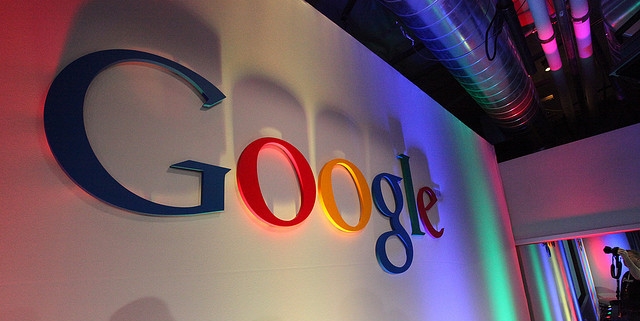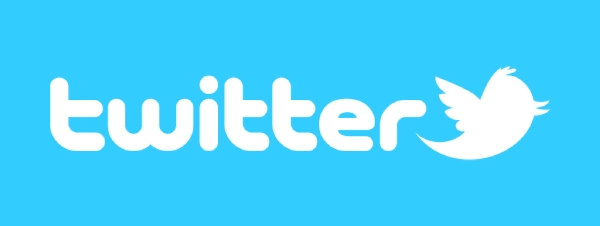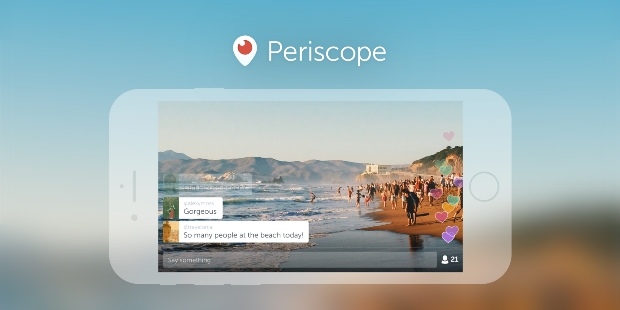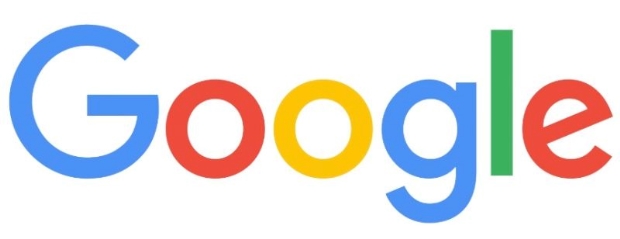
Source: Robert Scoble / Flickr
Google has released its annual “bad ads” report, though they’ve changed the name a bit. Every year Google uses its bad ads report to highlight the efforts they are taking to rid AdWords of scammers, malware, and fraudulent ads. This year, they covered pretty much the same areas but chose to focus on the positive, calling its annual report the “Better Ads Report.”
This year’s report says the search giant disabled over 780 million ads last year for policy violations, up from 524 million ads disabled in 2014, and 350 million ads disabled in 2013.
Google describes “bad ads” as advertisements carrying malware, blocking the visibility of content, promoting fake or illegal goods, or leading to phishing scams. The company used a team of over 1,000 people around to world to constantly fight back against these ads. The majority of the time they are able to block the ads before they are ever seen by regular users.
Google also went in to detail, showing the most common bad ads they encountered in 2015:
- Counterfeiters: Over 10,000 sites and 18000 accounts were suspended for attempting to sell counterfeit goods (imitation designer watchers for example).
- Pharmaceuticals: Over 12.5 million ads were blocked for violating Google’s healthcare and medicines policy, such as advertising pharmaceuticals that have not been approved for use or ads that made misleading claims about the effectiveness of prescription drugs.
- Weight loss scams: Over 30,000 sites were suspended for making weight loss promises that were dishonest and typically impossible to achieve.
- Phishing: Over 7,000 sites were blocked for attempting to steal user information, aka phishing.
- Unwanted software: More than 10,000 sites were disabled for forcing unwanted software and unapproved downloads via Google ads.
- Trick-to-click: Over 17 million ads were rejected for attempting to mislead users to click an ad that would redirect them to unrelated pages.
- Bad apps: Google also blocked over 25,000 mobile aps from displaying Google ads due to breaking policies. Approximately 1.4 million apps were rejected from ever being able to display Google ads in the future.
Looking forward, Google says it is going to start cracking down on ads that may lead to accidental clicks. It also says it has developed technology capable of determining when mobile ad clicks are accidental, and will be able to prevent users from being taken to ad sites they didn’t intent to visit.
Google also plans to bolster efforts to cut down on weight loss ads in 2016 by adding additional restrictions on what advertisers can say is effective for weight loss.











